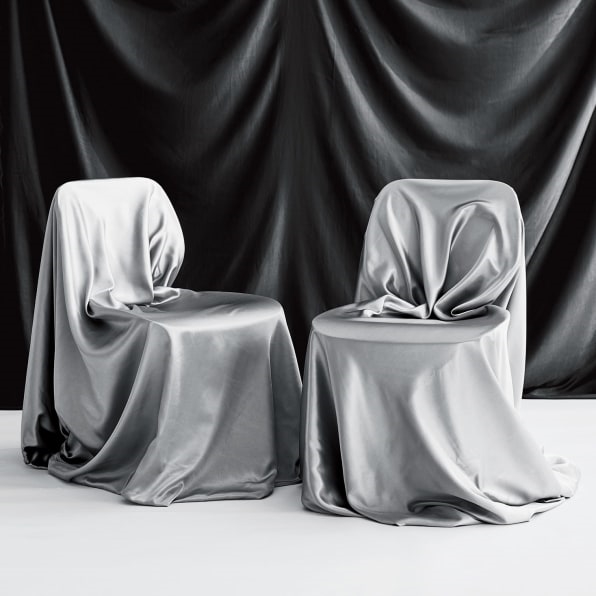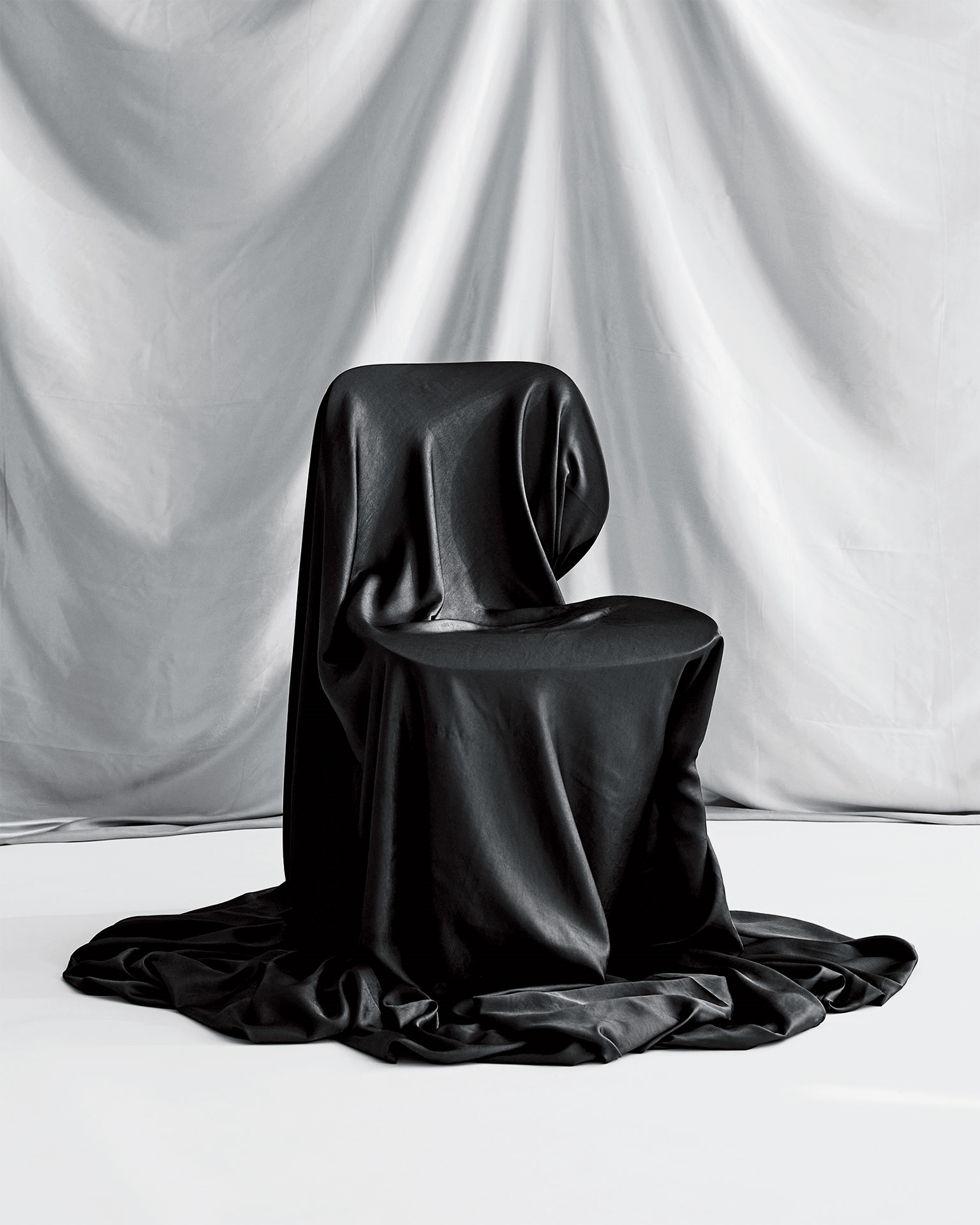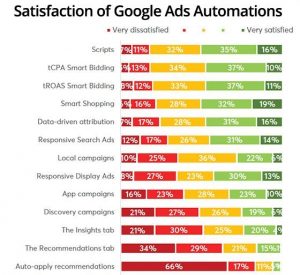Go to just about any fast-food restaurant in the late morning, and you’ll see older adults enjoying a cup of coffee with friends. Head there in the late afternoon, and you’ll encounter teens getting into (just a little) mischief after school. These scenes exist because our fast-food restaurants are more than a place to grab an inexpensive bite—they’re social necessities.
But that’s not the case in Fort Worth, Texas, where a high-tech new McDonald’s will take your order via an app and deliver your fries via a conveyor belt. What it won’t do? Provide you with a chair or a table. The café includes only a kitchen, a counter and kiosks for ordering, and two drive-through lanes. The McDonald’s store is a prototype of what may be a future format for the company.
The “Golden Arches” is hardly the only restaurant chain that has been investing in smaller, dining-room-less outposts. Companies ranging from Sweetgreen to Taco Bell are trying similar tactics in an effort to add new stores and get closer to diners without having to invest in expensive square footage and labor.
The very definition of “restaurant” is now in flux. During the pandemic, nearly 80,000 of them shuttered—but fast-food joints thrived, with customers opting for takeout and delivery. Ghost kitchens also proliferated, eroding the idea that a restaurant must have tables: As MrBeast and others have shown, hospitality can be as anemic as a website with overeager branding, so long as there’s a deep fryer somewhere. For fast-food restaurants focused on expansion, a new café might be little more than a mechanism that allows them to process more orders as they grow their digital storefront.
But as bad as burgers may be for our cardiovascular health, fast-food restaurants and their ilk have become an important part of our social fabric. When Rodney Harrell, VP of family, home, and community for AARP, launched the first nationwide “livability index” for people over 50 back in 2015, he found that 46% of respondents reported meeting at private establishments, like fast-food restaurants, to socialize. For teens whose social lives are increasingly conducted in digital spaces, chain restaurants are the rare nonjudgmental place outside the home where they can gather. People with insecure housing look to chain restaurants as warm and welcoming dining rooms. Quick-service restaurants account for 60% of all restaurants in the United States. For every one that disappears, we lose a place for connection and support.
“Fast-food restaurants are informational community centers,” says Harrell. “I’d have equal concern if you took away religious institutions or libraries—all of those have a social [benefit] to them.” As quickly as fast food lured us in, it’s kicking us out.
Ray Kroc’s original, walk-up McDonald’s, which debuted in 1955, was not meant for sitting. The restaurant invested its square footage in the kitchen, a model of post-WWII assembly-line efficiency. It took McDonald’s another seven years to open a restaurant with seating, and even then, it was designed to get you in and out as quickly as possible. Over the next two decades, fast-food chains became renowned for their “15-minute seats,” often made of hard, molded plastic—works of fetching, albeit uncomfortable, mid-century modern design.

In the 1980s, however, when consumer spending was strong, fast-food chains upgraded their approach to compete with traditional restaurants. They incorporated softer seating and more inviting design. They added premium ingredients and amenities ranging from solariums (which became synonymous with Wendy’s) to free Wi-Fi (which Starbucks and McDonald’s both introduced in 2010). In the meantime, fast-casual restaurant chains like Panera and Chipotle emerged, emphasizing freshly made food and café-like seating.
In essence, restaurant chains shifted from offering mere convenience to hospitality—a trend that culminated when, circa 1994, Starbucks CEO Howard Schultz famously began talking about his stores as models of the “third place.” This third place was neither your home nor your office. It was another haunt, meant for hanging out. As Schultz put it to Larry King in 1997, his goal was to build “what would become an extension of America’s front porch.” Schultz doubled down on this philosophy when he returned as CEO in 2008 to pull Starbucks out of a tailspin. Yet as early as 2012, he was exploring a different strategy—a prefabricated, 500-square-foot box with a walk-up and drive-through, but no seats nor public bathroom. That stripped-down formula, which Starbucks quietly replicated across much of the United States, turned out to be the canary in the coffee beans.
Over the past few years, chains that include Taco Bell, Burger King, Chick-fil-A, Dunkin’, KFC, Panera, Chipotle, Del Taco, Popeyes, and Wingstop have all announced no-seat stores, either as prototypes or—in the case of Wingstop—a full-throated ghost-kitchen business strategy. Perhaps the most extreme version launched in 2021, a “digital walk-up” Popeyes in New Orleans that is ostensibly a wall fitted with a few order screens and some shelves where your lunch waits to be picked up.
These smaller formats are a means for restaurants to spend less money on build-outs and operations while creeping closer to consumers. And if they offer better returns than larger-format locations, it’s not hard to imagine them becoming the standard. The salad chain Sweetgreen “relocated” a larger eat-in store in the D.C. area in 2022, reopening it as a digital-only takeout spot last year. The store’s revenue grew 30% through this transition with no measurable downsides, according to the company. “Given the success . . . we are looking to open more in 2024 and beyond,” CEO Jonathan Neman told investors in February during the company’s Q4 earnings call.
This movement toward smaller restaurants is now changing the landscape of how and where people can eat. A traditional Panera is a 4,000-square-foot café, for instance, designed for suburban living. By ripping out the dining room, and filling the entryway with automated order kiosks, Panera opened its first “To Go” locations in Chicago and New York City within the past year; they’re as small as 1,000 square feet—the bulk of which is reserved for back-of-house operations. If you didn’t take a hint from the lack of chairs, even Panera’s new menu design subtly promotes taking food to go by displaying photos of its sandwiches on paper rather than plates. Panera says it’s considering bringing the format to both cities and suburbs.
It’s not just existing chains that are embracing this micro-store approach. Three-year-old Blank Street Coffee, which signals its soulless efficiency right in its name, has raised $93 million to bring its spartan cafés to 65 locations across London, Boston, and New York City. The brand’s outposts are run with skeleton crews and feature only a few stools. In other words, it’s the 1950s all over again, with fast-food and fast-casual chains transforming back into tiny boxes with minimal staffing and amenities.
Schultz gets (and takes) much of the credit for popularizing the idea of the “third place,” but the term was coined by the late urban sociologist Ray Oldenburg in his 1989 book The Great Good Place. Inspired by his own suburban life in Pensacola, Florida, Oldenburg explored the role that restaurants and cafés, among other spots, play in our social fabric and civic life. He saw these third places appearing throughout history, from the agora (public squares) of Greek democracy to the taverns that fomented the American Revolution.
To create a proper third place, explains Karen Christensen, a writer and editor who enjoyed a multi-decade friendship and collaboration with Oldenburg, “you almost always need tables, some kind of food, and it can’t be too expensive.” She continues: “In third places, talking is the key, and if you’re worried about being pushed out the door or about the prices, you’re not going to relax.” Barbershops, churches, and libraries are all third places, too, and there was even a time in the 20th century when post offices were a popular hangout, Christensen notes. But as these sites recede—and U.S. cities remove benches from parks—the prospect of having a lengthy, inexpensive meetup with friends exists almost nowhere today but at low-cost restaurants.
And if those restaurants don’t have seats—if their app experience is more or less the only experience—they aren’t really a place for us at all. Swing by a Starbucks flooded with mobile orders, and you’ll see just how insignificant the third place has become. It’s why, earlier this year, when Schultz returned to Starbucks and announced a new initiative, an “authentic digital third place” of pixel-built NFTs and other digital rewards, Christensen rolled her eyes. “I resent him using the term,” she says.

The rise of McDonald’s eliminated the American diner as we knew it. The rise of Starbucks offset the balance even more. They’re now both, it seems, conspiring to eliminate what little affordable space we have left.
(2)








